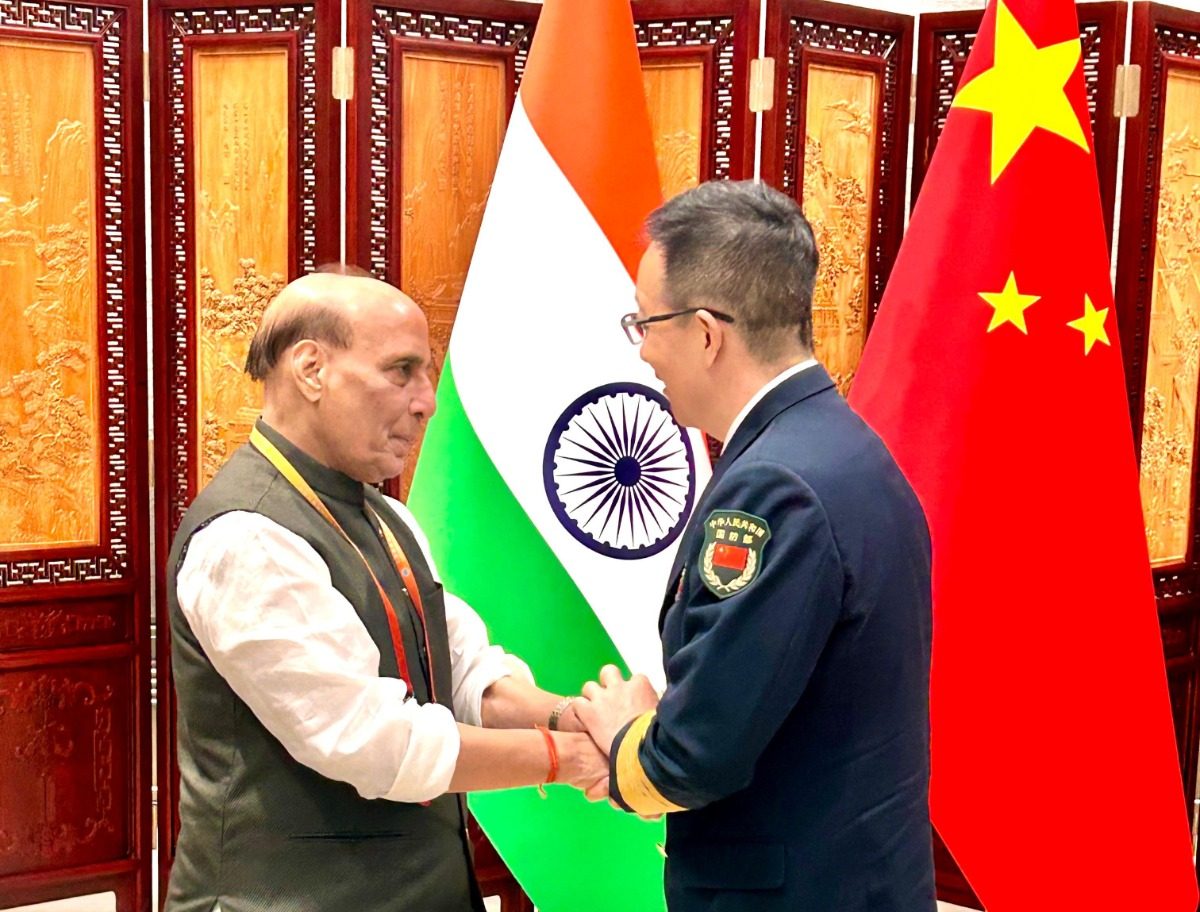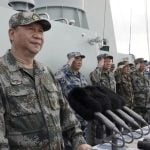In a significant step toward easing long-standing border tensions, Indian Defence Minister Rajnath Singh held a bilateral meeting with Chinese Defence Minister Admiral Dong Jun on the sidelines of the Shanghai Cooperation Organisation (SCO) Defence Ministers’ meeting. The talks focused on strategies to maintain peace along the disputed India-China border, still tense after the deadly 2020 Galwan Valley clash.
During the meeting, Singh emphasized the need for a structured and time-bound roadmap for resolving border disputes. He urged the revival of established military and diplomatic mechanisms to ensure de-escalation, transparency, and long-term stability. Highlighting the necessity of a final border demarcation, Singh reiterated India’s commitment to resolving issues through peaceful dialogue.
Admiral Dong Jun, appointed as China’s Defence Minister in December 2023 and known for his naval expertise, engaged in detailed discussions. His presence signals China’s evolving military diplomacy, with analysts suggesting his approach could influence future negotiations on land-based conflicts. Strategic experts have linked Beijing’s assertive posture to broader geopolitical ambitions, making these engagements crucial for regional security.
The ministers agreed to maintain communication at all levels—military, diplomatic, and political—to address outstanding friction points and pursue disengagement and de-escalation. In a symbolic gesture, Singh presented Dong with a Madhubani painting titled “Tree of Life,” reflecting India’s intention to promote cultural diplomacy amid complex negotiations.
The meeting also came amid India’s firm stance at the SCO forum, where Singh declined to endorse a joint statement over ambiguous language on terrorism—interpreted as a veiled protest against Pakistan’s role.
Observers view the renewed talks with cautious optimism. While diplomatic overtures have resumed, defense analysts stress that lasting peace will depend on concrete, verifiable agreements that ensure mutual compliance and prevent future flashpoints along the Line of Actual Control.













